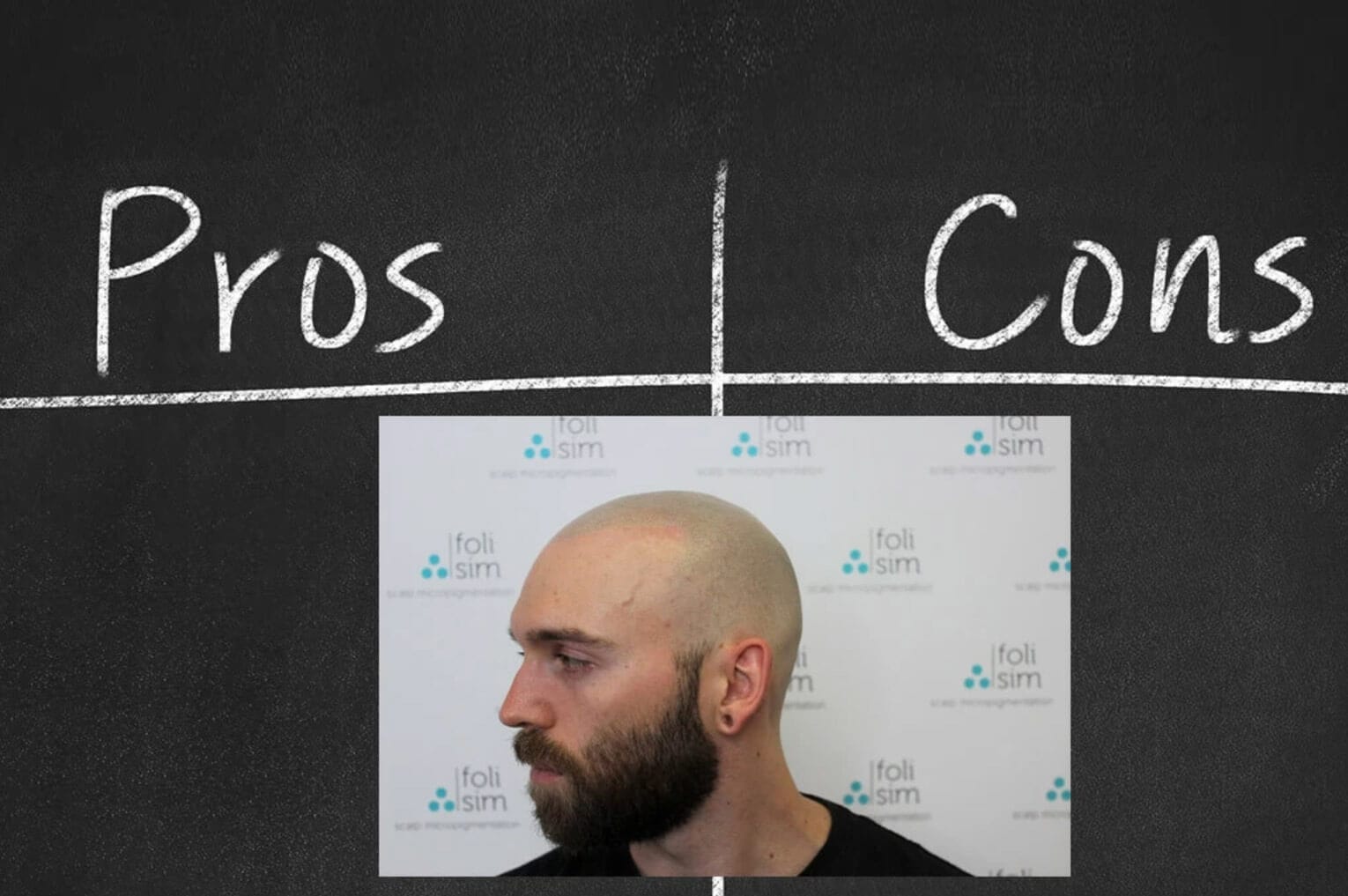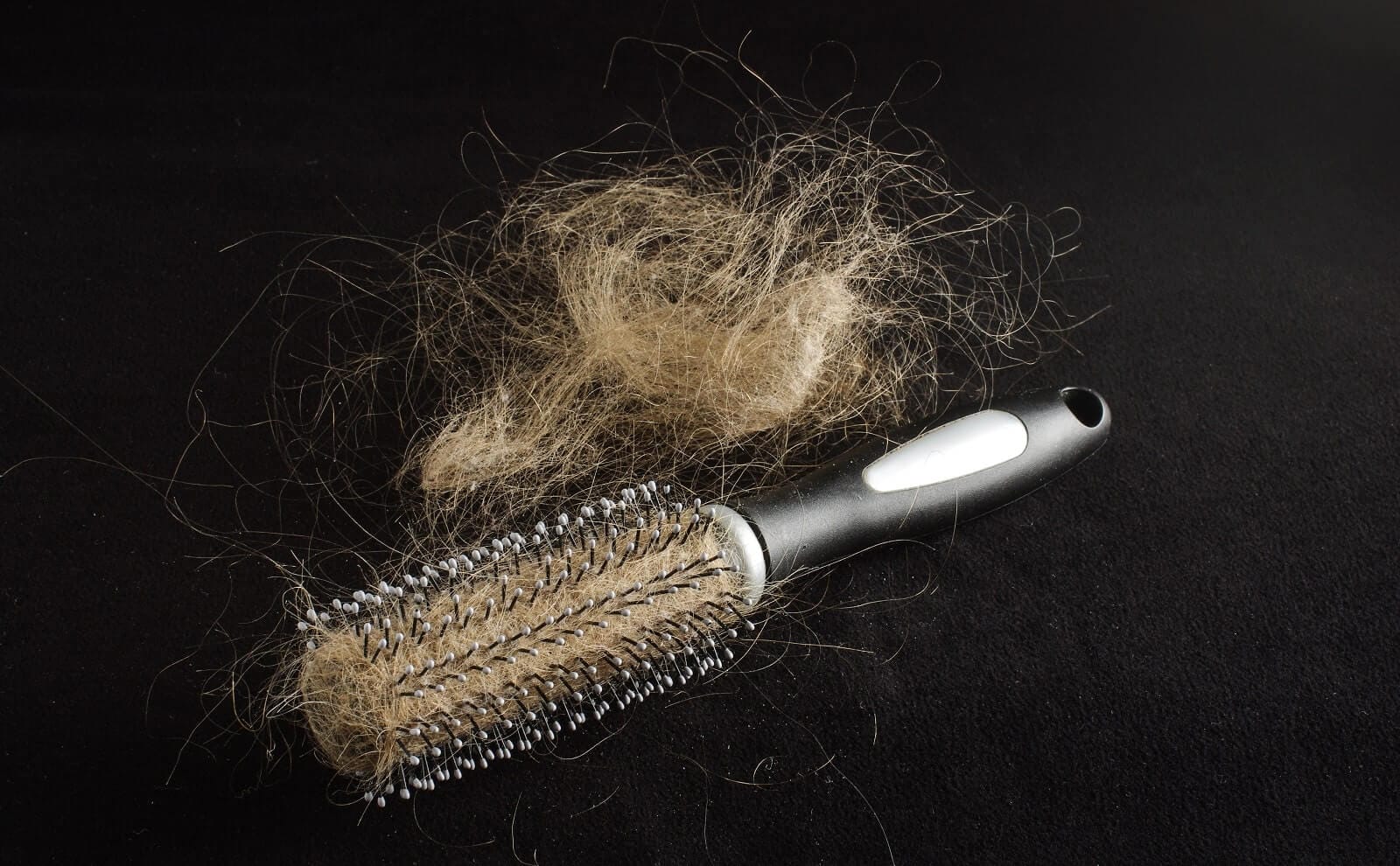Micropigmentation is the latest in a long line of buzzwords that keep getting thrown around at the moment, and it seems that more and more people are seeing its value. While many of us associate the term with receding hairlines, this popular cosmetic treatment can benefit so much more than just the hair on your scalp.
What is Micropigmentation?
Micropigmentation is a semi-permanent procedure used for both cosmetic and medical purposes; it involves inserting a needle into the dermis (second-deepest) layer of the skin and depositing biocompatible pigment particles into the treated area.
Often referred to as skin tattooing, micropigmentation uses a medical-grade micro-needle – which is significantly finer (about 75% more) than the ones used for traditional tattooing – to treat any area of your body where you want to add colour. The smaller needle size allows for greater control over placement and detailing, and the results are incredibly natural-looking when done right. This procedure is most often used to mimic hair follicles and replicate the appearance of real hair growth.
Micropigmentation is considered non-invasive, meaning discomfort is minimal and the treatment will last you several years before requiring any touch-ups, as the pigment is resistant to fading. The only way to remove the pigment is through laser removal. That being said, a client’s skin is an important factor in the durability of micropigmentation, as it tends to fade quicker on oilier skin types.
Scalp Micropigmentation
Scalp Micropigmentation (SMP) is a popular choice among men and women who are experiencing thinning hair or a receding hairline. In this procedure, the specialised needle deposits micro-dots of pigment onto the scalp, which, unlike traditional tattoos, do not turn blue or grey over time. The pigment closely resembles hair follicles and creates the illusion of a fuller head of hair for those with sparse patches, and a more defined hairline or buzzcut appearance for those who have lost hair completely. This treatment allows those who have lost their hair due to disease, trauma, stress, age or genetics to feel confident once again.
SMP is an increasingly popular treatment, but did you know there are several types of micropigmentation that are used to treat hair sparsity?
Is Micropigmentation Only Used for Hair on the Scalp?
It’s no secret that hair loss is common, but it’s not just your scalp suffering from hair sparsity. Micropigmentation can be used on any area where hair naturally grows, such as the eyebrows, eyelash line and beard/moustache, as well as the scalp.
While some of us love our beards, eyelashes or eyebrows and wouldn’t dream of losing them, sometimes we simply don’t grow enough hair to give us a full-looking beard, fluttery lashes, or thick eyebrows. Whether you’re looking for a subtle enhancement or a more dramatic transformation, micropigmentation is an excellent option for those seeking to restore the appearance of hair on their face.
Eyebrows
Eyebrows are one of the most important features on your face. They frame your face, show off your facial expressions, and play an essential role in facial recognition. If you have sparse or thin eyebrows due to overplucking, alopecia or just genetics, you can improve their appearance with micropigmentation (not to be confused with microblading).
In this procedure, pigment is deposited from the needle either as hair-like flicks to blend in with your natural hair strokes, or it can be dispersed more heavy-handed using a shading technique to give the eyebrow more dimension and depth. Both techniques can achieve the appearance of fuller-looking brows, alter your brow shape, or deepen their colour to provide a more youthful appearance.
Eyelashes
Eyelashes, similarly to eyebrows, can lack volume or length as a result of disease or genetics, which makes them an ideal spot for micropigmentation. The sensitive procedure – which involves placing dotted pigment onto the base of each lash line to create a natural, fuller look – can give you the appearance of more hair without the need for extensions or mascara. You can also opt to have your eyelids tattooed with a subtle pattern for a more dramatic eyeliner look that enhances the hair’s density.
It’s important to note that eyelids and lash liner techniques are extremely delicate methods of micropigmentation that should be performed with careful observation and precision.
Beards and Moustaches
A beard is often seen as an expression of masculinity, but not every man has naturally strong beard growth and not every beard grows evenly. There are several reasons why some have patchy or uneven facial hair, such as genetics, acne scars, alopecia barbae and age. With beard and moustache micropigmentation, men can restore their beard to its former fullness or even create the illusion of a beard from scratch.
With this method, the needle deposits pigment similarly to the SMP technique, creating tiny dots of colour that mimic real hair follicles and add bulk to the skin under the facial area. Like other forms of micropigmentation, it is long-lasting and a simple way to change the look of your beard, and contour the face.
Alternative Hair-less Uses of Micropigmentation
Micropigmentation may have gained popularity for its role in mimicking hair to aid those experiencing different types of hair loss, but that doesn’t mean it’s only good for hair restoration. This procedure is becoming increasingly popular for its many non-hair-related uses, including:
- Covering scars or burns
- Camouflaging depigmentation on the skin (vitiligo)
- Areola reconstruction
- Permanent makeup (lip rejuvenation, freckles)
Scar Camouflage
Micropigmentation can be used to camouflage scars of any colour. In fact, it’s a great way to hide scars from surgery, skin cancers and other types of procedures that leave behind an unsightly mark. In addition to making the scar appear smaller or less noticeable, micropigmentation can also help disguise redness and discolouration that often results from healing wounds.
Skin Pigmentation
The skin is a large and complex organ. As such, many different types of discolouration can be treated with micropigmentation. If you have vitiligo (white patches of skin), have had tattoos removed through laser surgery or other methods, or have birthmarks or stretch marks, micropigmentation can help you achieve an even colour throughout the affected areas. Even if you don’t want to cover up a tattoo but would like to correct unevenness in the pigment of your existing tattoos, micropigmentation may still be an option for you.
Areola Reconstruction
Micropigmentation can also be used to restore a natural-looking areola. This is particularly applicable to individuals who have had breast cancer, surgery or breast augmentation. Once the reconstructed breast has time to heal, the micro-needle is used to deposit pigment to the skin in the same colour, shape, and look as the other breast, or to match the patient’s past or desired nipples.
Lip Rejuvenation
Micropigmentation can add colour to lips that have lost their natural pigment due to ageing or sun damage. This process can change the shape, colour and asymmetry of the lips, making them appear fuller and even. The procedure is also used to treat deficiencies in people who have experienced congenital or acquired loss of their lip line. For instance, after surgery in people with cleft lips, micropigmentation is used to repair the appearance of their lip line. More than one treatment may be required to create the desired look.
The Real Deal
Micropigmentation is a much more versatile treatment than you may have previously thought. This innovative, non-surgical procedure is praised by so many for its ability to restore thinning hair in men and women alike, and it is garnering quite the reputation for its potential beyond the reach of just hair.
Not only can it mimic the look of hair on your scalp, but micropigmentation can also help fill patchy areas on your eyebrows, eyelashes and facial hair (beards and moustaches). Furthermore, micropigmentation can be applied to areas of the body where hair doesn’t naturally grow, using different needling techniques to camouflage scars, even-out pigmentation, reconstruct areolas post-surgery, and more.
It’s not surprising that micropigmentation has taken the world by storm and is gaining recognition as a worthwhile cosmetic enhancement procedure. No matter your chosen application of micropigmentation, this treatment benefits many different ‘problem’ areas and can lead to an improved sense of self-confidence. After all, this powerful treatment holds the promise of helping to restore natural beauty and there’s nothing more self-assuring than that.
Foli Sim
While it’s often referred to as a ‘tattoo’, micropigmentation isn’t a treatment that any old tattoo parlour can perform here in Australia It is essential that you choose a reputable, professional clinic with highly trained staff to ensure the procedure goes exactly as anticipated and you leave with natural-looking, lasting results.
With three studios located in Melbourne, Sydney and Perth, Foli Sim is Australia’s leading provider of Scalp Micropigmentation services. If you are experiencing receding or thinning hair and feel that SMP is the hair loss solution you’re looking for, contact us today and we will happily book a free, no-obligation consultation to discuss your options and restore your confidence.








